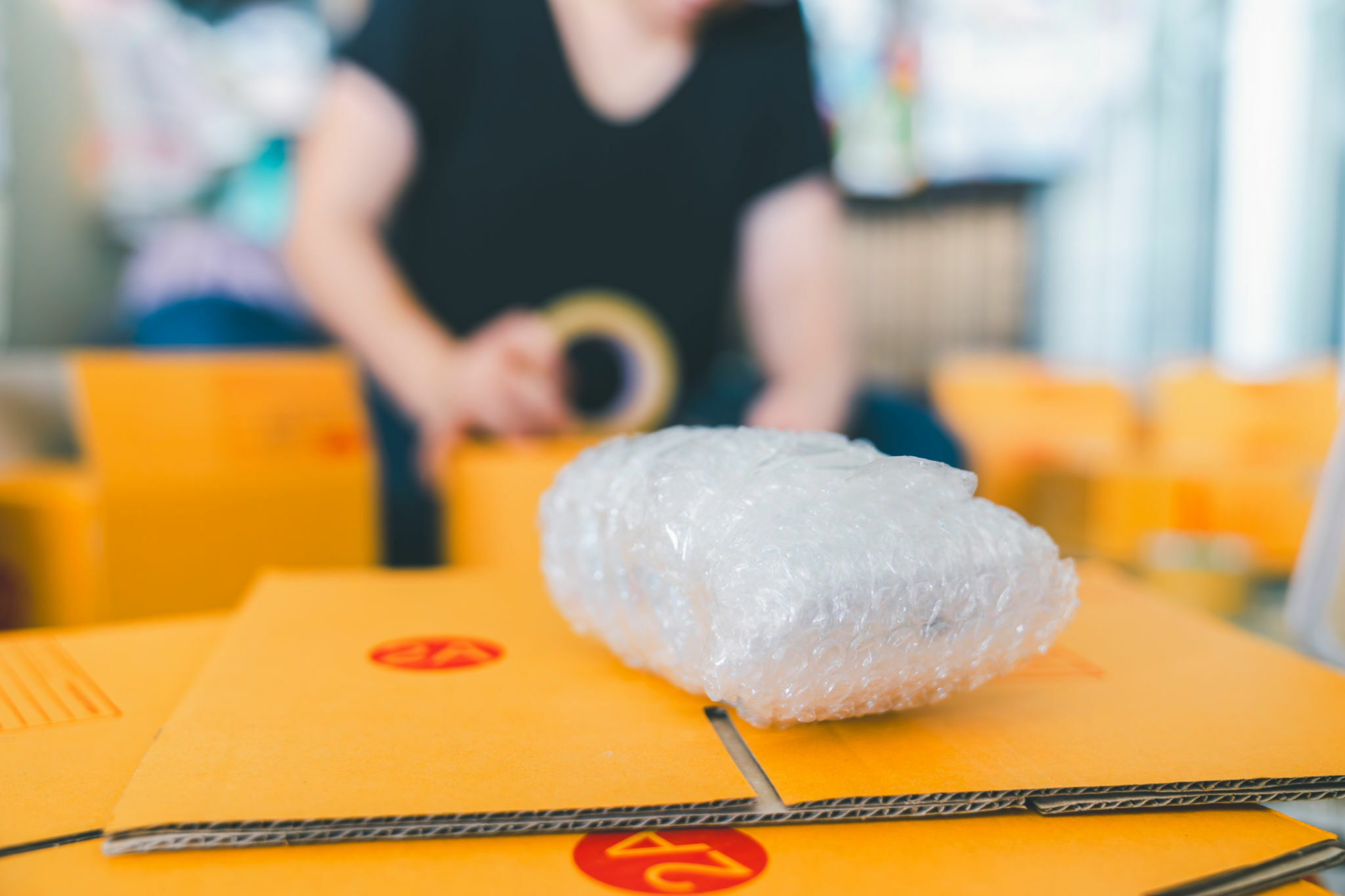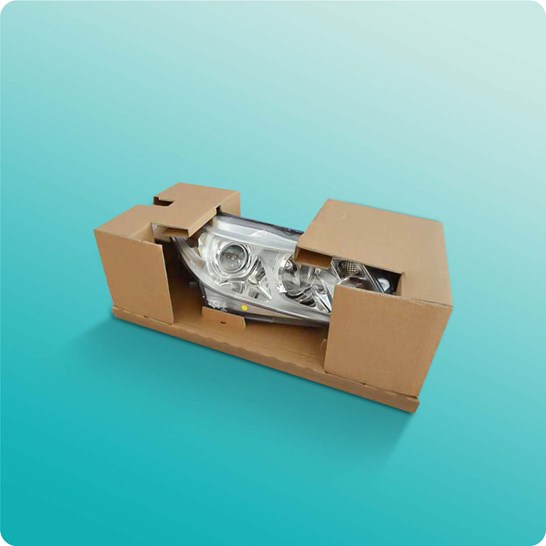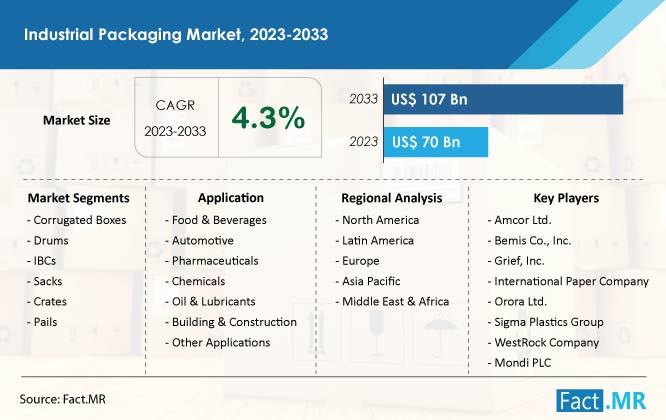Cutting-edge Industrial Packaging Solutions: Boosting Your Products
Reliable Industrial Recycling Solutions for Lasting Packaging: A Comprehensive Guide
In today's increasingly environmentally-conscious world, the need for sustainable packaging remedies has never been greater. To satisfy this demand, businesses across sectors are proactively seeking efficient commercial recycling services. Nevertheless, browsing the complex landscape of sustainable product packaging can be challenging without a thorough guide. That's where this extensive guide on efficient industrial recycling options for lasting product packaging can be found in. By discovering key areas such as packaging material choice, designing for recyclability, applying reusing framework, teaming up with recycling companions, and tracking and determining recycling success, this guide will certainly furnish you with the understanding and tools required to make informed decisions and drive favorable adjustment within your company. Whether you're a packaging professional, sustainability manager, or merely curious about the subject, this guide will certainly supply beneficial understandings and strategies to help you browse the globe of lasting product packaging.
Packaging Material Option
The option of product packaging materials plays an important duty in guaranteeing the sustainability of commercial reusing options. When it comes to sustainable packaging, the choice of materials is type in decreasing ecological influence and taking full advantage of recycling effectiveness. Choosing the best products can help in reducing waste generation, save resources, and advertise a circular economy.
One essential factor to take into consideration in product packaging product option is recyclability - bulk container recycling. Materials that can be quickly reused and integrated back into the manufacturing cycle are chosen. Materials like cardboard, paper, glass, and particular kinds of plastics can be reused several times without losing their high quality. On the various other hand, products that are challenging to reuse, such as non-recyclable composites or mixed plastics, can produce challenges for the reusing process and may wind up in garbage dumps or incinerators.
One more factor to consider is the use of biodegradable and sustainable materials. Product packaging made from renewable resources, such as plant-based plastics or biopolymers, can help in reducing dependence on nonrenewable fuel sources and minimize environment change. In addition, eco-friendly products break down naturally in time, lowering the buildup of waste in landfills.
Moreover, the weight and quantity of product packaging materials must be minimized to minimize transportation costs and energy intake. Lightweight materials not only require fewer resources during production but likewise add to lower carbon discharges during transportation.
Designing for Recyclability
Packaging developers must prioritize the usage of materials that are extensively accepted for reusing and have developed reusing frameworks. Materials such as glass, light weight aluminum, and specific kinds of plastic, like Pet dog and HDPE, are generally recycled and need to be chosen over products that are expensive or challenging to reuse.
Another essential factor to consider in making for recyclability is the elimination of unneeded components or products. By minimizing the variety of layers, finishings, and added components, product packaging can be made simpler and less complicated to recycle. Furthermore, developers ought to intend to decrease the usage of mixed materials, as they can make complex the recycling process.

Implementing Recycling Framework
Effective implementation of reusing facilities is crucial for the success of industrial reusing solutions. Without proper infrastructure in position, the recycling process ends up being inefficient and inefficient, hindering the general goal of sustainable product packaging.
To execute reusing facilities successfully, numerous crucial elements need to be considered. There need to be an efficient collection system that facilitates the splitting up and collection of recyclable materials. This can include marked reusing containers in public spaces, along with collaborations with waste administration firms for curbside pickup and sorting.
As soon as accumulated, the recyclable materials need to be carried to recycling centers in a timely way. This needs efficient logistics and transport networks, guaranteeing that the materials get to the proper facilities immediately.
At the recycling centers, progressed sorting and processing technologies need to be in place to separate various kinds of products efficiently. This includes making use of automated sorting machines, optical scanners, and hands-on sorting methods.
Moreover, there should be a robust market need for recycled materials. This can be attained with collaborations with makers and sectors that utilize recycled materials in their production processes. Developing a steady market for recycled products incentivizes the recycling market and promotes the round economy.
Working Together With Recycling Allies

One trick aspect of working together with recycling partners is the establishment of clear communication channels. It is necessary to establish open lines of communication to help with you can try these out the exchange of information, updates, and feedback. This enables both celebrations to stay notified regarding the progression of reusing campaigns and address any kind of obstacles or issues that may arise.
Additionally, collaboration can involve joint initiatives in creating and carrying out reusing programs. Reusing companions can offer important insights and support in establishing efficient collection systems and identifying one of the most appropriate recycling technologies. By functioning together, organizations and recycling partners can maximize the recycling process and decrease waste.
Moreover, cooperation can prolong past the operational facets of reusing. It can also encompass campaigning for and education efforts. By joining forces, companies and reusing partners can elevate awareness about the importance of recycling and promote the adoption of lasting product packaging methods amongst consumers and various other stakeholders.
Tracking and Measuring Recycling Success
To guarantee the effectiveness of industrial reusing options and the accomplishment of lasting packaging objectives, it is essential for organizations and their reusing partners to develop an extensive system for monitoring and determining reusing success (plastic container manufacturer). Tracking and gauging recycling success allows businesses to evaluate the effect of their reusing initiatives, identify locations for improvement, and established meaningful targets for future progress
One method to track reusing success is via using data collection and analysis tools. By collecting information on the amount of packaging waste produced, the percentage of waste that is reused, and the kinds of materials being reused, businesses can get beneficial understandings right into their recycling performance. This information can after that be examined to identify fads, patterns, and locations of inefficiency.
Another crucial facet of monitoring and determining reusing success is establishing standardized and clear metrics. This permits businesses to contrast their efficiency versus industry standards and track their progression with time. Metrics such as reusing prices, waste diversion rates, and greenhouse gas emissions can offer a quantitative measure of a company's recycling success.

Conclusion
Finally, carrying out reliable industrial recycling solutions for lasting product packaging requires cautious consideration of packaging product option, designing for recyclability, implementing reusing infrastructure, teaming up with reusing partners, and monitoring and determining reusing success. By incorporating these practices, organizations can add to an extra sustainable and environmentally-friendly strategy to packaging, lowering waste and promoting the round economy.
By checking out key locations such as product packaging material choice, designing for recyclability, applying recycling facilities, teaming up with recycling companions, and monitoring and gauging recycling success, this overview will certainly equip you with the knowledge and devices essential to make educated decisions and drive favorable modification within your company. Product packaging designers should prioritize the use of products that are extensively accepted for reusing and have actually established recycling facilities.Partnership with page reusing partners is useful content necessary for the effective implementation of industrial reusing solutions and the achievement of sustainable packaging goals. By joining forces, services and recycling partners can raise awareness about the value of reusing and advertise the fostering of lasting product packaging techniques amongst customers and various other stakeholders.
By accumulating information on the quantity of product packaging waste created, the percent of waste that is reused, and the kinds of products being reused, organizations can obtain valuable insights into their recycling performance.